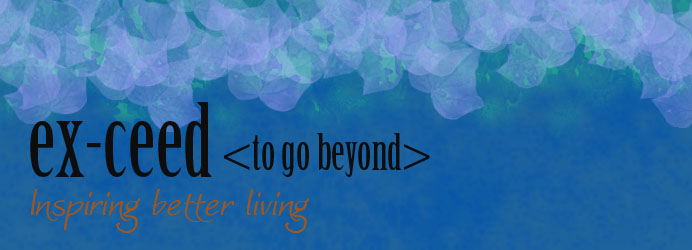If you forget every other self-improvement concept and understand and apply this concept you’ll never be too disappointed. Bold statement. Yet, this one principle underpins every good response to every good, bad or indifferent situation.
I want you to envision a road with a fork in it—a three-way fork. The first fork is 30 degrees to the left i.e. head to 11 o’clock; the second is 30 degrees to the right i.e. divert from your present bearing to 1 o’clock; the final bearing is to continue as you are i.e. in the colloquial, ‘follow your nose,’ or a 12 o’clock bearing.
The golden rule of response in life is to continue going straight—the surest way home. Let me explain.
Going left or right can symbolise our emotional response to situations; emotions generally intuit fear. Fear goes either of two ways. Firstly, it submits to the stimulus and diverts, shrinking from any pain that might come as a result—the perception is, ‘I don’t like this; I’m getting out of here/the way.’ Secondly, it challenges, and by that I mean, aggressively; still it’s fear that generates the response—the perception is, ‘If I don’t act/react here I’m going to be run over.’ Both these reactions are innately emotional. The stimulus generates emotion and the response propagates emotion.
Neither going left nor right is a proactive or appropriate response.
The only correct way of responding to all life situations is to try and remain emotion-free i.e. stay on the pre-stimulus path and handle it adultly, positively, on its merits. It is amazing how common this concept is to a vast amount of life situations.
It could be termed, ‘the good, the bad and the ugly,’ with the bad and ugly being a toss-up between the submissive and aggressive responses—both of which are problematic. My personal view is that the submissive response is the bad and the aggressive response is the ugly—the first is bad for one person (maybe more), whereas the aggressive response is ugly for everyone involved.
We can convert this three-fork approach to balance in life. Being too motivated and owning everything is like the aggressive approach—it’s passionately out of balance. Withdrawing too much is the submissive approach, swinging the balance out dispassionately i.e. too far the other way. The right approach is in the middle—to be approaching life productively and responsibly, getting involved appropriately.
When we apply this rationale to most life situations we suddenly realise that the truth lies somewhere in the middle most of the time.
The key to making this work from a practical viewpoint is having the:
1. Awareness of the situation’s needs and cognisance of continuing straight; and,
2. Courage to enact what our awareness is informing us of.
One is insight, the other is fortitude. Together they equal wisdom: prudence and diligence, discretion and conviction. It’s all about staying on the Ancient Path.
© S. J. Wickham, 2009.

No comments:
Post a Comment